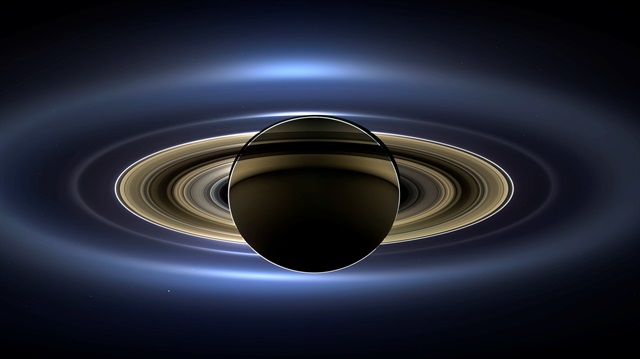
NASA has announced that its Cassini spacecraft will dive through the rings of Saturn before crashing into the planet on September 15.
Cassini has orbited Saturn since 2004 and its operators are now preparing for its “grand finale”, NASA officials explained at a press briefing Tuesday.
Cassini will begin its first dive through Saturn’s famous rings on April 26. It will be the first spacecraft to explore the 2,400-kilometer (1,500-mile) gap between Saturn’s surface and its rings.
Roughly five months later, NASA will drive Cassini toward Saturn’s surface and it is expected to disintegrate in the planet’s toxic atmosphere.
"No spacecraft has ever gone through the unique region that we'll attempt to boldly cross 22 times," Thomas Zurbuchen, associate administrator for the Science Mission Directorate at NASA, said in a statement.
"What we learn from Cassini’s daring final orbits will further our understanding of how giant planets, and planetary systems everywhere, form and evolve. This is truly discovery in action to the very end."
Cassini was launched in 1997 and has discovered several remarkable revelations about Saturn.
The spacecraft provided data that leads NASA to believe there is a massive ocean underneath the frozen surface of Saturn’s icy moon Enceladus.
In fact, the decision to destroy Cassini was made in 2013 in order to avoid possibly contaminating Enceladus’ ocean.
"This planned conclusion for Cassini's journey was far and away the preferred choice for the mission's scientists," Linda Spilker, Cassini project scientist, said. "Cassini will make some of its most extraordinary observations at the end of its long life."














